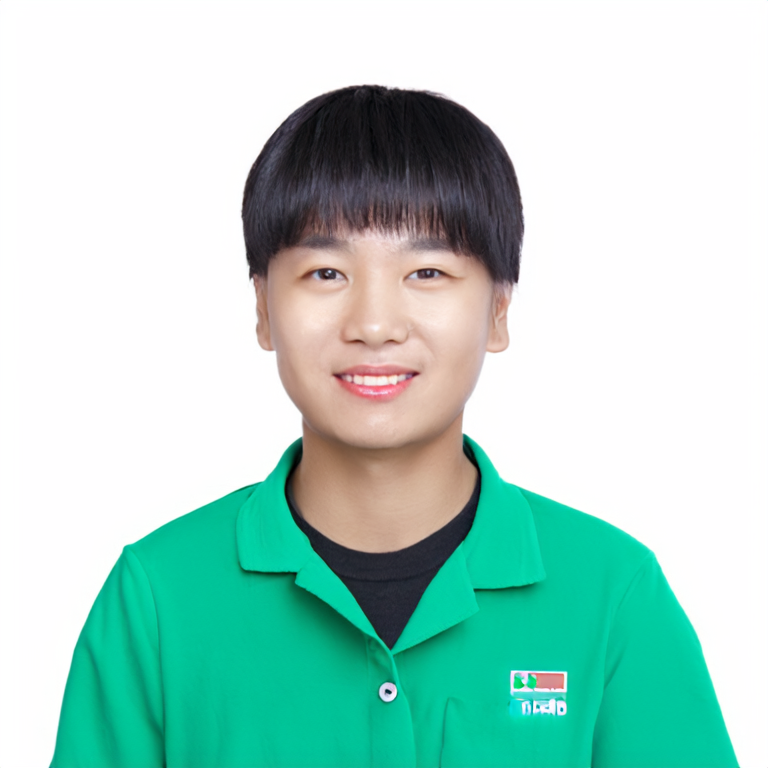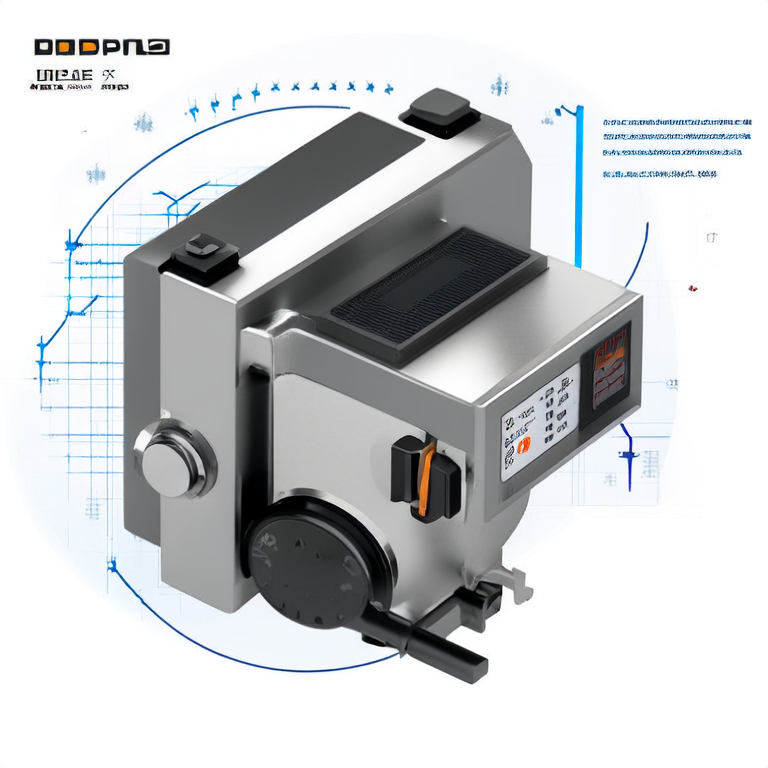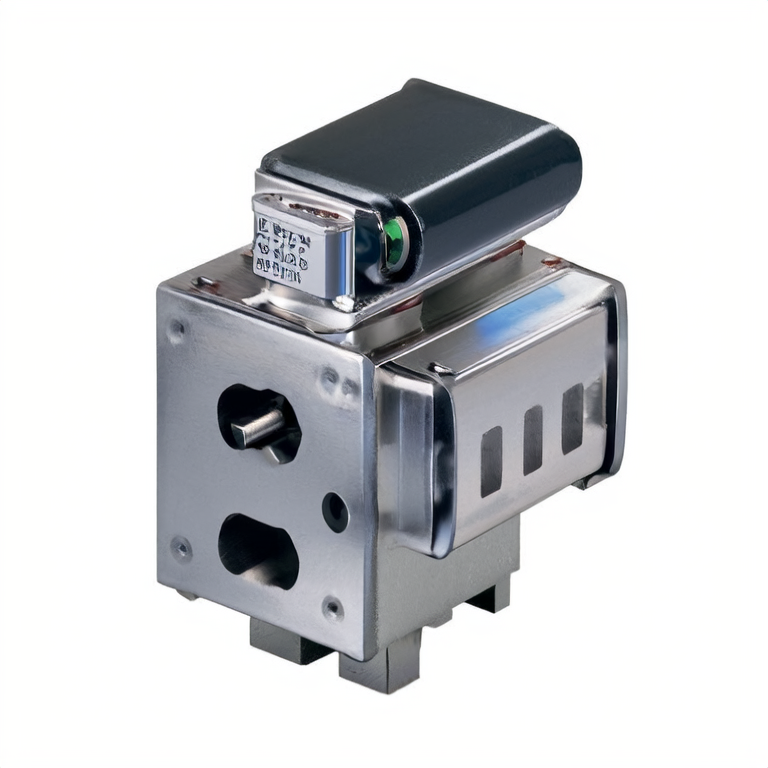Radar vs Ultrasonic Liquid Level Transmitters: Which Technology Fits Your Application Best?
Jun. 10, 2025
Choosing a reliable, high-performance liquid level transmitter is critical for efficient tank monitoring in various industries—from water treatment and petrochemicals to food processing and industrial waste management. Among non-contact sensor technologies, radar and ultrasonic level transmitters dominate due to their safety, versatility, and performance.
Both operate on time-of-flight (ToF) principles, where the transmitter emits a signal and measures the time it takes to bounce off the liquid surface and return. But despite this shared core principle, radar and ultrasonic sensors differ significantly in their operation, performance, environmental resilience, and application suitability.
This article provides a detailed comparison between radar and ultrasonic level transmitters to help you choose the right sensor for your specific needs.
1. How Ultrasonic Level Transmitters Work
Ultrasonic level sensors transmit high-frequency sound waves (typically 20–75 kHz) toward the surface of a liquid. These waves reflect off the surface and return to the sensor. The time delay between sending and receiving the signal is used to calculate the distance to the liquid surface and, consequently, the level.
Advantages:
Cost-effective and widely available
Simple design and easier to install
Suitable for basic level monitoring of clean liquids
Limitations:
Highly sensitive to environmental conditions like:
Temperature
Humidity
Dust
Vapor or gas layers
Poor performance with foam or turbulent surfaces
Wider blind zone (~300–500 mm) compared to radar
2. How Radar Level Transmitters Work
Radar transmitters operate using electromagnetic waves in the microwave spectrum (typically 6 GHz, 26 GHz, or 80 GHz). These signals are reflected back from the liquid surface to the sensor, where the time-of-flight is used to determine the level.
There are two main types of radar transmitters:
Non-contact radar (FMCW or pulse radar)
Guided wave radar (GWR), which uses a probe inserted into the tank
Advantages:
Immune to changes in temperature, pressure, vapor, and dust
Higher accuracy (up to ±1 mm in some models)
Can detect through foam and deal with turbulent or viscous liquids
Smaller blind zone (~50–100 mm), ideal for small tanks
Suitable for high-pressure, high-temperature environments
Limitations:
Historically more expensive (though cost gaps are narrowing)
May require more advanced configuration or technician setup
May need explosion-proof certification in hazardous zones

3. Side-by-Side Performance Comparison
| Feature | Ultrasonic Transmitter | Radar Transmitter |
|---|---|---|
| Signal Type | Sound waves (20–75 kHz) | Microwave (6–80 GHz) |
| Contact | Non-contact | Non-contact or guided wave |
| Measurement Range | Up to 10–15 meters | Up to 100 meters (80GHz radar) |
| Accuracy | ±5–10 mm | ±1–3 mm |
| Blind Zone | 300–500 mm | 50–100 mm |
| Foam/Vapor Resistance | Poor | Excellent |
| Environmental Sensitivity | High (temperature, gas) | Low |
| Installation Complexity | Low | Moderate |
| Typical Applications | Water tanks, simple liquids | Oil, chemicals, viscous or foamy liquids |
| Cost | Low to moderate | Moderate to high (declining) |
4. Application Scenarios: Where Each Excels
Best Use Cases for Ultrasonic Level Sensors:
Municipal water tanks and wastewater treatment
Irrigation systems and environmental monitoring
Non-hazardous, low-pressure tanks with consistent conditions
Best Use Cases for Radar Level Sensors:
Petrochemical and oil & gas tanks (including pressurized tanks)
Food and beverage processing with foamy, sticky, or viscous fluids
High-temperature and high-pressure environments
Tanks with vapor, dust, or condensation interference
Tall silos or outdoor storage units with variable weather
5. Installation and Maintenance Considerations
Ultrasonic Transmitters:
Easy to install and calibrate
Must be placed where there are no obstructions or structural interference
Periodic cleaning required due to potential buildup on transducer
Radar Transmitters:
Slightly more complex installation
Typically maintenance-free, especially non-contact models
Can be mounted on metallic or plastic tanks without special preparation
6. Output Signal and Communication Options
Both radar and ultrasonic transmitters support a wide range of industrial communication protocols, including:
4–20 mA
HART
Modbus
Profibus
RS-485
LoRa/NB-IoT (in wireless models)
Radar systems are more likely to support advanced diagnostics, remote monitoring, and integration with SCADA/PLC systems, making them better suited for Industry 4.0 applications.
7. Future Trends and Technology Evolution
80GHz radar is rapidly replacing older radar models due to improved beam focusing, smaller antennas, and greater range.
Artificial intelligence (AI) and self-calibrating sensors are emerging for both radar and ultrasonic to handle complex or changing conditions.
Wireless radar level sensors with battery-powered operation are enabling remote monitoring in hard-to-access areas.
The cost of radar transmitters has dropped significantly, making them a competitive alternative even in budget-conscious applications.
8. Conclusion: Which Should You Choose?
If your application involves clean liquids in stable environments with limited budgets, ultrasonic sensors remain a reliable and affordable choice.
However, for critical applications, including those with challenging environmental conditions (foam, vapors, temperature fluctuations), or where high precision is required, radar level transmitters provide superior performance and reliability.
In many modern installations, both technologies can be used complementarily—ultrasonic sensors for basic monitoring, and radar for mission-critical operations.
Need Help Selecting the Right Sensor?
Contact Beijing Gallop group technical team for personalized guidance on choosing between radar and ultrasonic level measurement systems. We'll help you assess your tank design, liquid type, and environmental conditions to ensure optimal performance.




